Brace scoliosis
Brace Scoliosis
Prior to the LA BraceTM, scoliosis braces made in the U.S. were either symmetrical Boston modules or custom to cast braces. Gez Bowman designed The LA BraceTM after recognizing a need for a scientific and consistent method to produce an asymmetrical Cheneau type hyper-corrective scoliosis brace.
Computer Aided Design (CAD) technology provides for consistency in modeling but is still limited by inefficiencies in the method of scaling to the computer model to the patients dimensions (data acquisition). While trying the different methods and finding various problems with the existing standard data acquisition systems, patterns were beginning to emerge in the dimensions of adolescents. After a thorough review, Gez began developing algorithms to predict the dimensions and shape of each individual. The resulting algorithms were fine tuned and ended up proving to be a more robust and more accurate data acquisition system. This new revolutionary system was named Algorithm Generated Predictions (AGP) and is the proprietary data acquisition system of The LA Brace™
In 2009, The LA BraceTM was further refined to improve the force application, align the brace with Schroth 3-dimensional treatment and introduce the new unique 2-brace system.


About LA Brace Center
In 2010, we created The LA Brace Center in Los Angeles County, dedicated to the provision of The LA Brace TM and to working with patients, families, Schroth therapists and physicians to provide the finest conservative treatment available and ensure the best possible conservative treatment outcomes for scoliosis
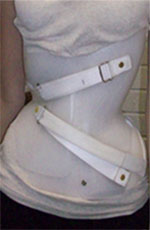
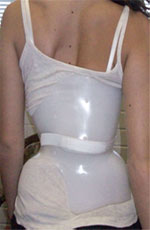
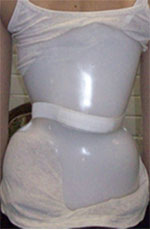
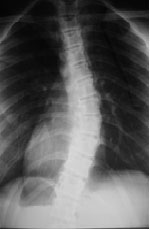
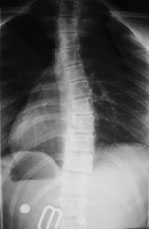
How it Works
Bracing is used for moderate scoliosis (25-50 degrees) and works through the application of asymmetrical biomechanical forces strategically applied to the torso and hips to force the spine into a straighter alignment. The spine must be moved significantly straighter to achieve a positive outcome. This improved alignment then needs to maintained through the remainder of growth. Bracing outcomes are therefore a derivative of the time a brace is worn and the degree of in-brace correction (IBC). Assuming full-time brace wear, studies suggest there needs to a minimum of a 30% improvement to achieve any significant reduction in the rate of progression and 45% to prevent progression. While there are additional factors, the expected outcome from bracing can be somewhat predicted based upon the number of hours a brace is worn and the degree of in-brace correction. A formula for this was developed by Gez Bowman CO and is available at: opCalculator.com/scoliosis
